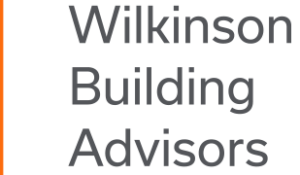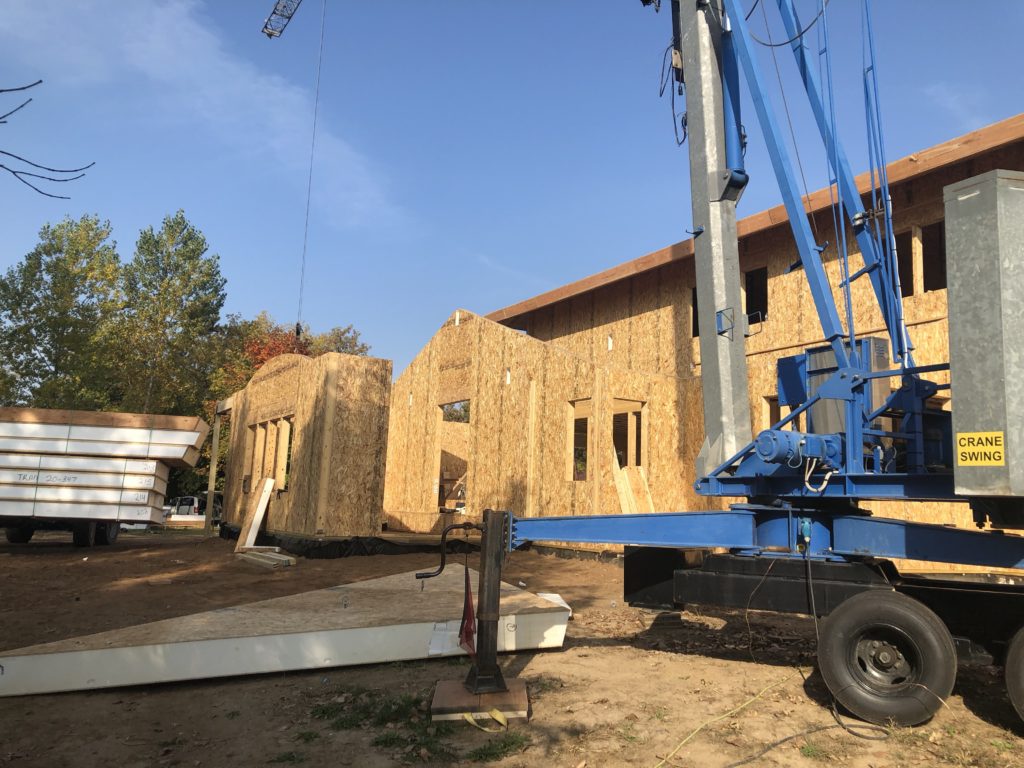George Wilkinson
SmartLam Growing Nationally
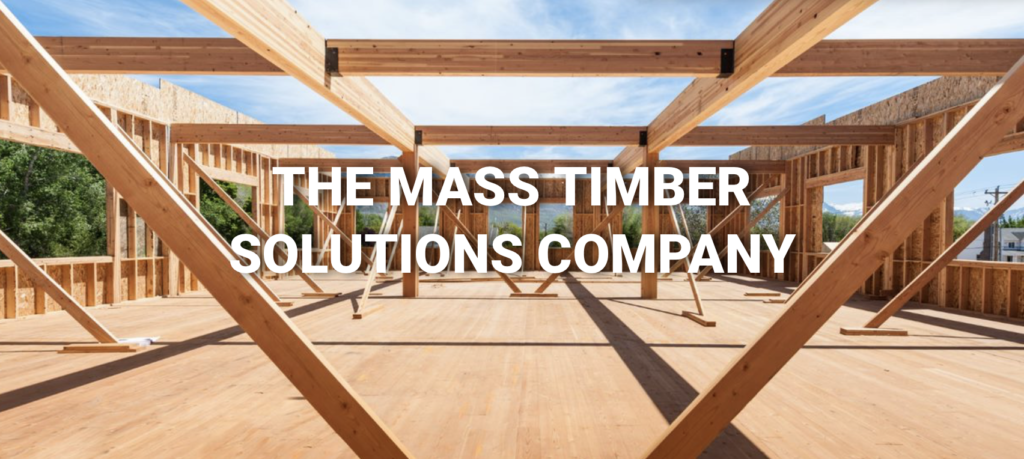
Unofficial word is that the sales-engineering capability of SmartLam is growing. In Minnesota-speak, they are skating to where the puck is going to be as we all work our way through and out of the COVID era.
In this writer's estimation, pent-up demand will be there for those that prepare now. For official status of growth at SmartLam, contact Steve Marshal: steve.marshall@smartlam.com
In the meantime Wilkinson Building Advisors ("WBA") is skating as well. WBA and it associated work group are designing and engineering the next generation of small commercial and industrial buildings using advanced and sustainable building techniques. Today's snapshot can be found at the blog post "Small Sustainable Commercial Buildings".
These methodologies are also applicable to the emerging need for creating live-work environments for many of us working from home offices. Take a look at the blog post "Sustainable Live-Work Environments."
Sustainable Live-Work Environments and Financing
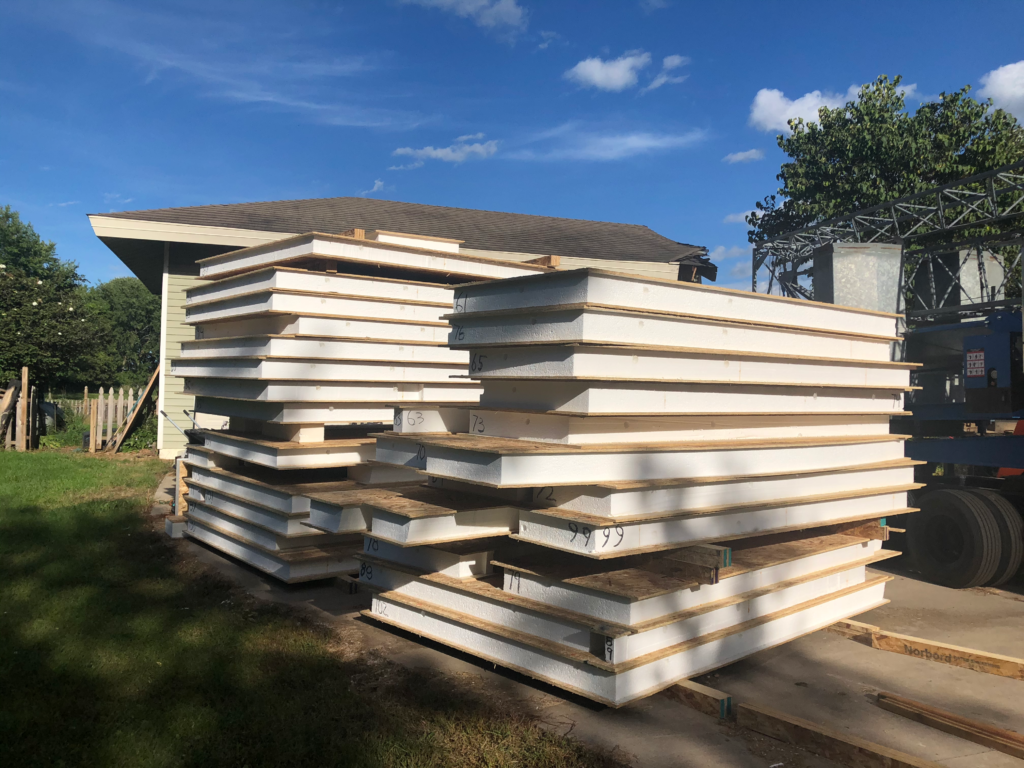
[(disclaimer and attribution) This is not a Wilkinson Building Advisors project or work product. It is a work product by Extreme Panel Technologies, Inc in Cottonwood,MN; 800 977-2635. This image illustrates the concept of off-site fabrication of enclosure systems.]
[Recognition of the designer; Sarah Susanska; Ms. Susanka is an architect and house designer with a reputation arising from the theme of "The Not So Big House."]
Wilkinson Building Advisors and its working group are planning a new and innovative way of designing, building, and financing environmentally sustainable and affordable small commercial buildings. In some cases, these building and sites will be configured as "Live-Work" environments Because these buildings will be flat packed ship to the the project site, the design has been dubbed: a “Building in a Box” (aka “BiB”). Note the image above
These buildings are designed for very rapid on-site construction and thus limiting the amount of disruption to surrounding facilities; work can often proceed in spite of Minnesota winters,
Read more elsewhere on this site....
Live-Work is not a new idea, but the national pandemic is pushing the idea into the forefront. Here is an interesting link in connection with real Live-Work projects. Wilkinson Building Advisors is coordinating an additional dimension to Live-Work: financing for energy sustainability features. To the extent that the building has a genuine commercial aspect, sources of long term financing are available.
Contact george@wilkinsonadvisors.com for Q+A and information.
:
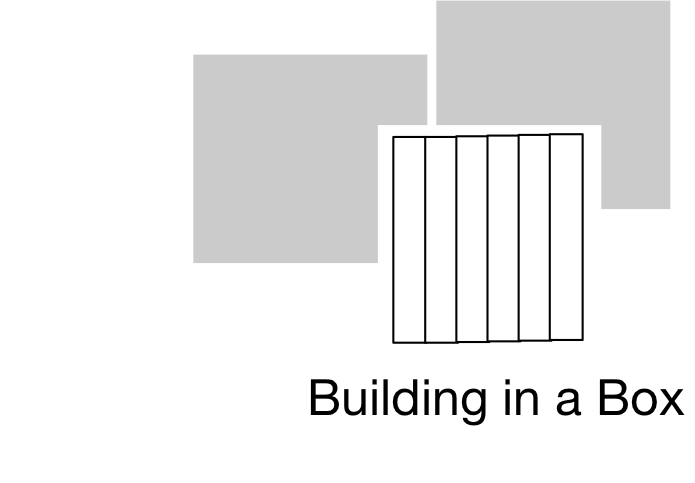
Small Sustainable Commercial Buildings
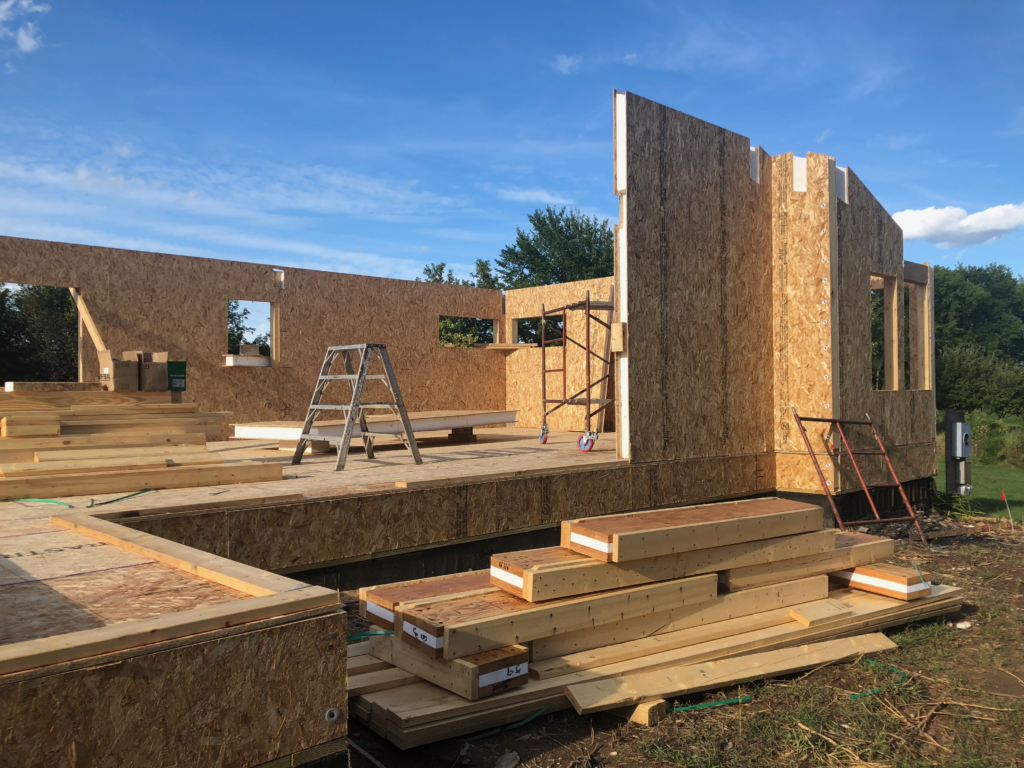
First a diclaimer..
[(disclaimer and attribution) This is not a Wilkinson Building Advisors project or work product. It is a work product by Extreme Panel Technologies, Inc in Cottonwood,MN; 800 977-2635. This image illustrates the concept of off-site fabrication of enclosure systems.]
[Recognition of the designer; Sarah Susanska; Ms. Susanka is an architect and house designer with a reputation arising from the theme of "The Not So Big House."]
Then the exciting and sustainable design concept: Building in a Box
Wilkinson Building Advisors and its working group ("Sustainable Building Group") are planning a new and innovative way of designing, building, and financing environmentally sustainable and affordable small commercial buildings. Because these buildings will be flat pack shipped to the the project site, the design has been dubbed: a "Building in a Box" (aka "BiB").

The Building in a Box (“BiB”) product line will engage web-based commerce to rapidly deliver small commercial buildings with the following attributes:
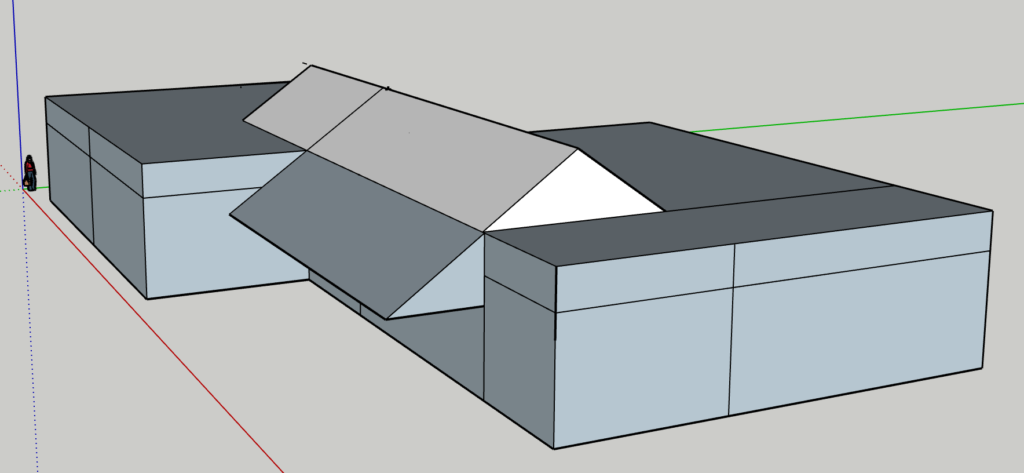
- 3,000-9,000 enclosed square feet
- Your custom design assembled from a predesigned kit-of-parts on your site or our suggested locations
- Competitive first cost with substantial cost of operations advantages
- Lump sum and firm schedule proposals; operational cost estimates
- Rapid construction on your site using a high degree of off-site completion
- GAP financing of high-performance energy sparing features
- A constellation of advanced design and construction features
- Use of low GWP assemblies and equipment (Global Warming Potential)
- High performance enclosures systems for the Minnesota weather and low operating costs
- Point of use power generation (PV solar organic to the architecture) and optional onsite battery storage
- Advanced, applied building technologies: SIPs (structural integrated panels) and Mass Timber (including cross laminated timber)
- Interior climate systems with "0" on-site combustion and enhanced filtration
- Site selection guided by advanced GIS (Geographic Information System) analytics when needed to support your business.
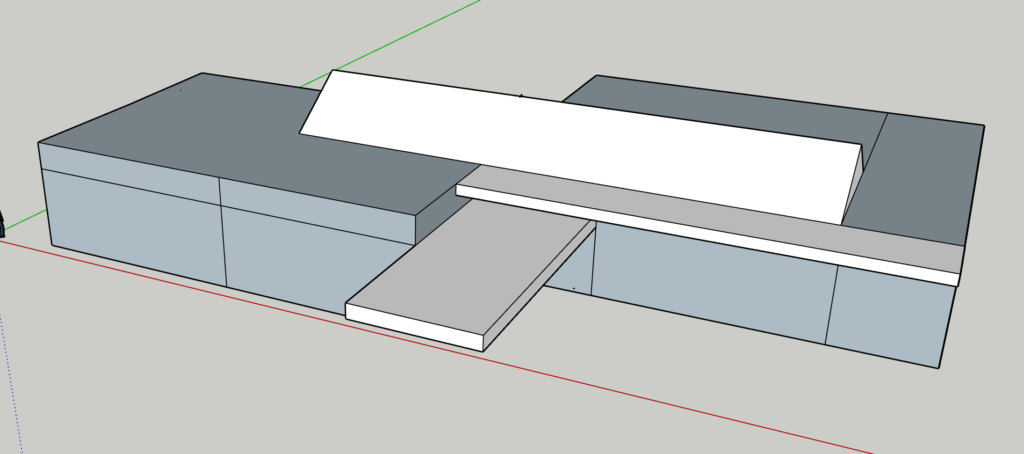
The national health crisis (COVID-19) raises specific challenges in connection with building design and construction. These requirements will no doubt be ongoing after the pandemic is brought under control. The systems used in BiB solution will address these issues including indoor air quality and other pathogen spread control features.
Also and in many cases, these designs will yield a "0 carbon footprint" when considering C02 sequestration in the mass timber components, the all-electrical indoor climate system, and the value of the Renewal Energy Credits resulting from the organic solar power generation system.
Design and financial engineering combined..
BiB solutions have an additional benefit due the energy effective nature of the designs: long term financing AND preserving capital for the core mission. All of the BiB designs will engage energy efficiency design and construction to add the incentive of long term financing.
Further, the Sustainable Building Group has is extending its capabilities to include optimal economic geography in the site selection prices (paraphrase: "using realtime data to plan urban investments" -Jon Commers)
Taken together, expert site selection combined with sustainable design yielding low operating expenses will be strategically critical for most businesses.
To learn more, contact...
- Bob Vanney at Vanney Associates, or
- Terry Dieken at Extreme Panel Technologies, or
- Jon Commers at Visible City, or
- George Wilkinson at Wilkinson Building Advisors
More to follow at this post.......
Sustainability after COVID-19
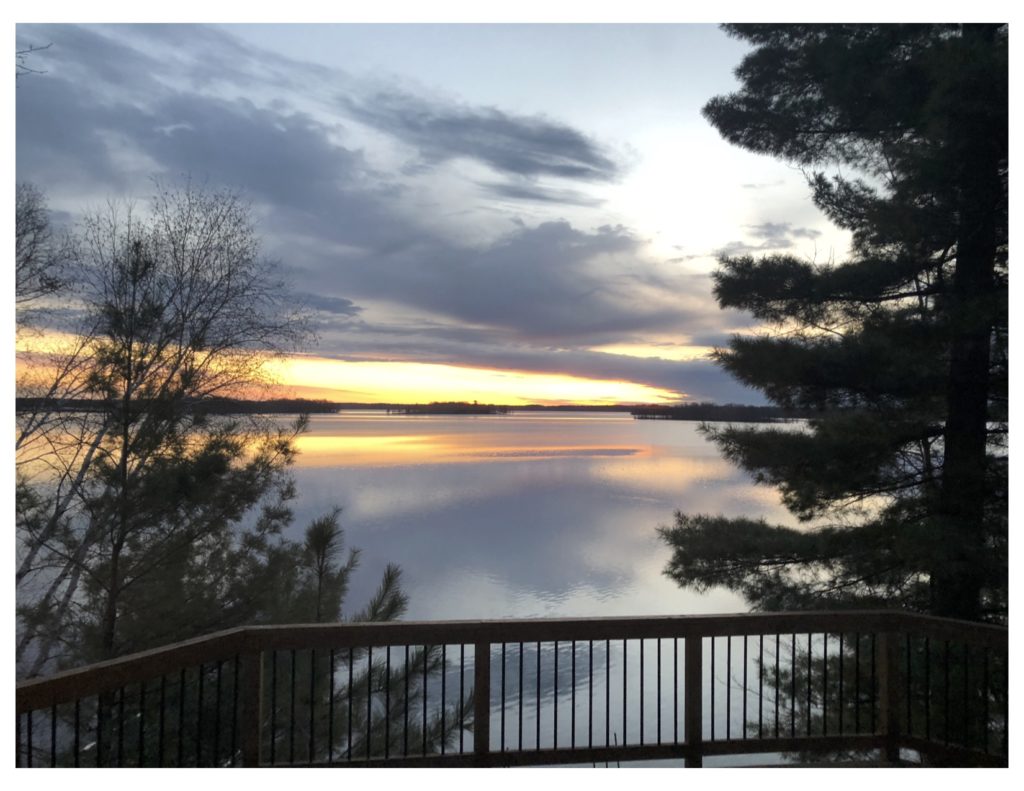
This post is written amid the COVID-19 global pandemic. This tragedy heightens awareness of how small and fragile this globe is and how much sustainability is essential in all matters.
I am a design-builder and see this matter through many layers but in the case of this post, I point out how intertwined solar energy and mass timber are as we all try to invent a future. Perhaps this future rides on the lessons of this spring and summer. Further, improved indoor climate is now critical. Here is a company that is responding: Schadegg Mechanical in St Paul, MN. They are evaluating various ways to improve indoor air quality including bi-polar ionization techniques:
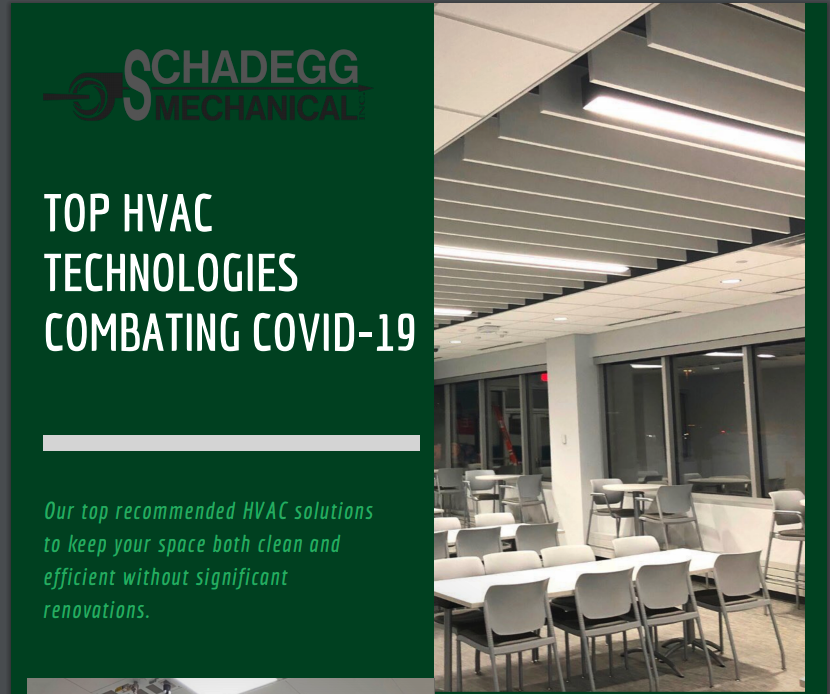
Additionally, the emerging mass timber and CLT design and construction technologies are now coming into their own. They are not the short term, low first cost choice but are the best for the planet in the mid and long term. See my post for a little more.
Lastly, the practical opportunities for what I call “organic solar” energy are passing the traditional financial engineering hurdles thanks to many federal tax law incentives and many programs operated by local serving utilities. In my lingo “organic solar” means photovoltaic solar energy generation systems that are integral to building and site, design and operations. They are best executed by “vertical stacks,: companies that plan, design, build, finance, and sometime own/operate. There are also emerging strategies that apply to retro-fit of existing buildings in addition to the typical roof-mounted solutions.
In other words: in the case of the future, it’s going to be different, like it or not. Sustainable building is inevitably in the mix.
Here are some of my posts on the matter. Note that I have included several in connection with financial management. They don’t attract the “reads” the way the timber and solar do but these actions are critical to turning the corner to feasible in ALL cases.:
Wood and heat pumps old made new again
The choice to build with mass timber
A focus on MS Teams

There is a reason that Teams is a fast growing platform. It is affordable, has wide application, and its learning curve is relatively flat. It is flat however only if some basic lesson are applied.
- Find a balance between central and decentralized control; the ability to form a new Team should NOT be controlled by IT but the role should be bestowed on persons who evidence basic understanding of how to use the platform.
- As in all matters involving standards of practice for an organization, there needs to be an active and informed executive. Advocacy and learning support are critical.
- Organizational best practices should be supported by some useful templates that define the Teams, Channels, Post, files hierarchy appropriate to the business.
- The rhythm, frequency of posts to a Team should support common understanding but not get to deep in trivia. Remember, the point is to inform and leave a record for the group (the Team) and not obscure concepts with unnecessary detail.
- The possibilities of engaging Guests should be fully explored and used where possible. BUT, beware that posts usually go to the entire team. Think carefully about guest selection, they usually get all the posts.
- Lastly, Teams is about working anywhere at any time the user can get on the internet. The mobile app for the iPhone is very helpful to stay informed.
- Take some time to learn in the early going. Don’t smother startup with top down controls; guide gently.
I’m a fan of Gini von Courter at LinkedIn Learning, her style helps us all to learn. Here is her current offering for Teams. It is time well spent:
Wilkinson Building Advisors is what MicroSoft calls knowledge workers; more than casual users but not developers. If you need to tinker under the hood, contact Craig Yellick at BlueNet:
cyellick@bluenetinc.com
Offer of help as we all pull together
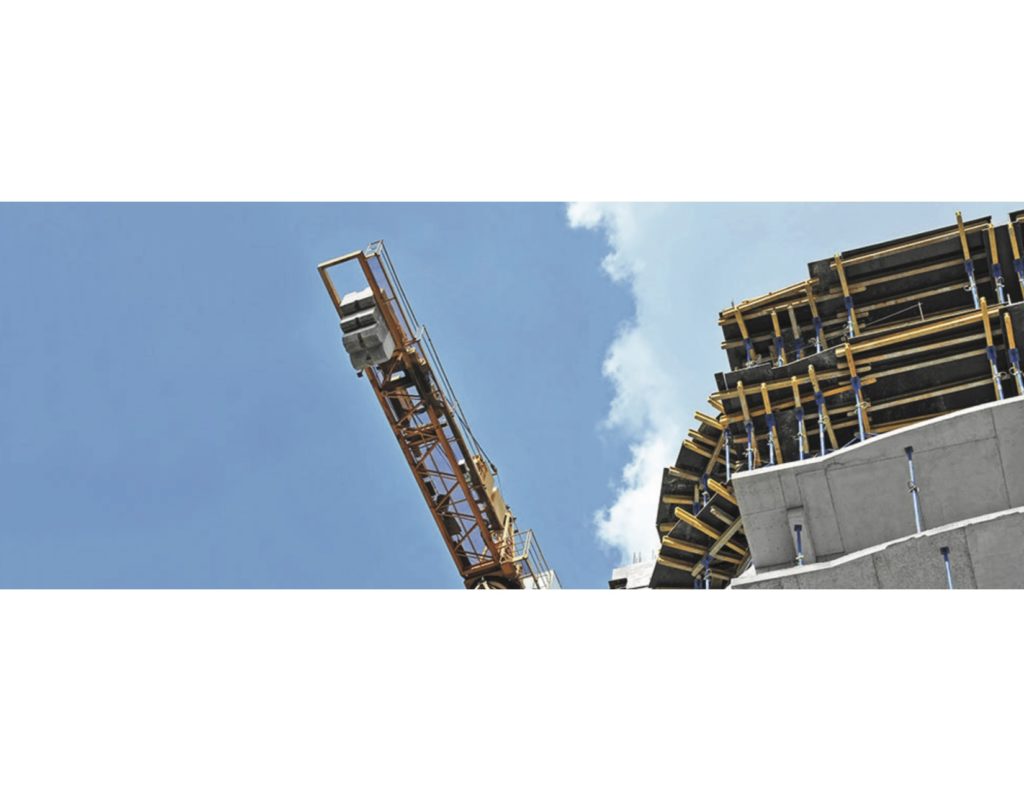
As the recent international pandemic has painfully illustrated, internet communications and related computing is no longer optional. This is true for my industry: planning, design, and construction of buildings.
At this writing The Wilkinson Project Group (soon be dba Wilkinson Building Advisors) is providing complimentary support to persons and companies in our industry who are trying to get started and invest wisely (money and time) in the Office 365 suite of tools. We are NOT developers but rather so-called “knowledge workers” according to the MicroSoft hierarchy of learners. We are practitioners who have learned a lot over several years by trying and self-teaching. Thus, this initiative is named
DesignBuild360
In my estimation, MicroSoft has done a good job bringing us useful and affordable tools over the past several years. The tools are deeply integrated to web commerce and be bought (and turned off) as needed. In particular, spreadsheets are now better than ever; something very helpful to this industry. In fact, spreadsheets now can engage analytics and be a robust part of company operations (PowerBI)
All is not rosy however, here are a few recommendations and cautions
- TEAMS is a big deal to get rid of the tyranny of eMail. With a little setup help, it can bring organizational efficiency
- Monthly subscriptions can add up; take what you need and start slowly.
- Own the MS Office tool chest by subscription (Word, Excel….); everything stays current.
- If your business is spreadsheet based (such as estimates and budget reporting), PowerBI can be a game-changer. It’s worth getting some mastery.
- SharePoint is useful for content management (i.e. documents) but has a steep learning curve. The underlying logic is complex and usefulness can fall away quickly; get some professional help to get started.
- As you move forward from “newby” to User to Knowledge Worker, know when to get help rather than bury endless hours looking for that “unpublished” feature. Google is a gateway to a wealth of knowledge but be careful of the source date; 12 months is an eternity in the software world. MicroSoft has substantially ramped up its online documentation.
- LinkedIn Learning is also good; Genny
- Finally, MicroSoft phone support is world’s better than it was just a few years ago. Once again, reaching out often saves the day
My firm is here to help. I hope we do business in the future but for now the support is FREE. So, let’s all get through this together. A big dose of community will make a big difference as we all work to get to the other side of this pandemic. These forced learning times will transform ourindustry.
If you have read this post and find it useful, please pass it on to colleagues, workmates, and subcontractor. Let’s whack the virus, grow the learning tree, and celebrate American ingenuity.
Support for MicroSoft Teams during the national emergency
This post recognizes that MicroSoft Teams (part of the Office 365 platform) is rapidly emerging as a powerful personal and business communication place. At this writing, the costs approaches zero, limited only by the skills of the User group.
For the next 60 days, Wilkinson Building Advisors will offer complimentary phone and web support for any person for business affiliated with the building planning, design, construction, and investment industries. Interested parties are encouraged to respond through this website or to george@wilkinsonadvisors.com.
The Choice to Build with Mass Timber
The decision to build with mass timber and has many layers. It is not simply a matter of apparent first cost but also decisions about aesthetics, the environment, and sustainability.
And finally, the industry that designs and builds is itself changing. Design protocols and building codes are evolving.
Let’s take them in order:
- First cost
- Aesthetics
- The environment and sustainability
- Design and building codes
Solar Ready Checklist
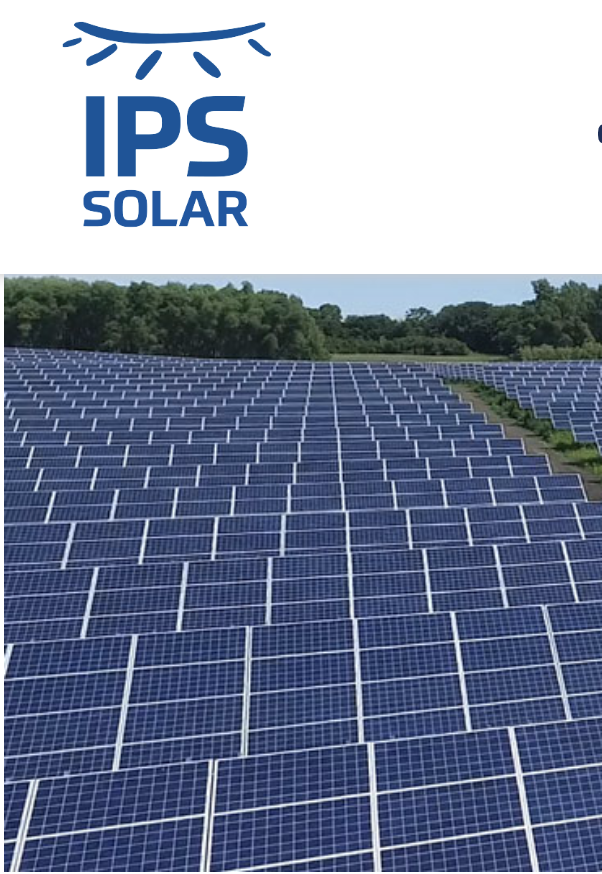
Application of solar energy collection and use into a building project involves a sequence of planning, design, construction, operational actions as well as financial engineering.
In the case of an existing site and building what constitutes “solar ready”?
- Is there physical space on the building or site in sufficient quantity?
- Open space on the site
- Roof space on the building
- Exterior wall space on the building
- If the building roof is to support solar arrays, is the roof configuration suitable to support the solar equipment?
- Is it strong enough?
- Is it not in shadow most of the day?
- Does the local serving utility offer financial incentives?
- Is the federal and state tax status of the building ownership such that tax incentives can be taken advantage of?
- Does it make sense for the owning entity to allocate its capital and credit-worthiness to the solar enterprise; i.e. is the pay-back period short enough?
In the case of a site and building project, all of the above considerations apply. However, there are additional advantages:
- The physical plan can be laid-out maximize solar collection potential without sacrificing other requirements
- The configuration of array’s supporting elements can be designed for efficiency, and cost effectiveness
- The solar configuration can be part of the aesthetic and architecture
With the above ideas in mind, it is also important to remember that the tax status of individuals and corporations are very different. This has a fundamental bearing on the “go, no-go” decision. Can various tax incentives be applied?
Lastly, working with an experienced entity that can deliver all aspects of a well-engineered financial and physical solution is a key to success. Plan thoughtfully and act purposely.
(Contact Steve Oman at IPS)
Free Whitepaper: Project Fitness Guidelines
Free Whitepaper: Project Fitness Guidelines
We've made a set of checklists about how to execute successful projects, called the Project Lab Series. They are designed to inform investors, owners and designers alike.
Download the Project Fitness Guidelines now.
